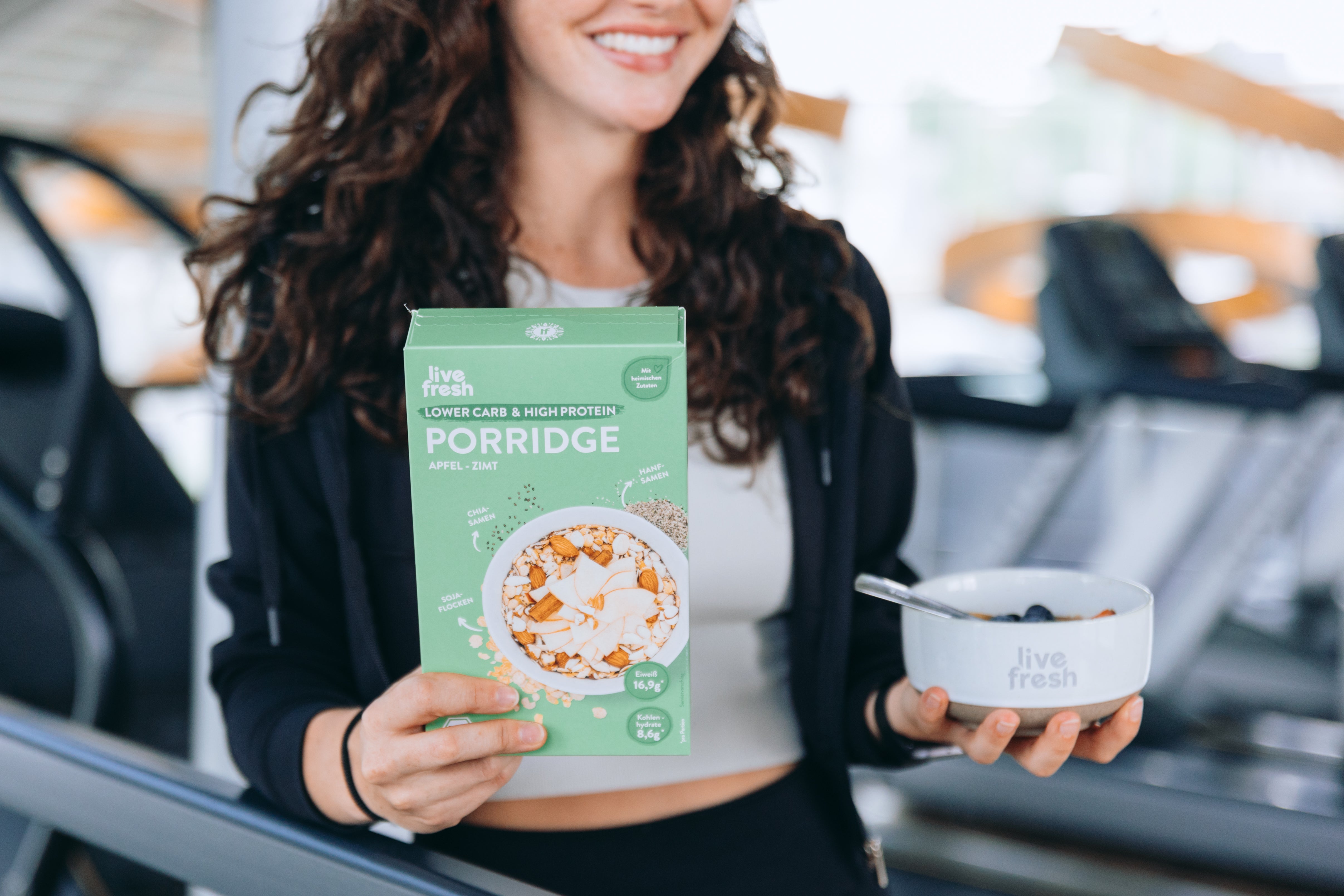Na, Lust auf einen Power-Start in den Tag oder einen erfrischenden Kick nach dem Workout? Dann hab ich hier was für Dich: Unser Super-Protein-Smoothie ist nicht nur ein echter Augenschmaus, sondern packt auch ordentlich was unter die Haube – und das ganz ohne tierische Produkte!
Schnapp dir 100 g gefrorene Beeren für die fruchtige Note und die coole Farbe, eine reife Banane für die natürliche Süße und Cremigkeit, und 30 g Vanille-Proteinmix, um deinen Muskeln das zu geben, was sie nach einem anstrengenden Tag oder Workout brauchen. Mix das Ganze mit 200 ml Mandelmilch für eine nussige Note und 150 ml Wasser für die perfekte Konsistenz. Voilà, dein cremig-fruchtiger Protein-Kick ist bereit, die Bühne (und deinen Magen) zu erobern!











